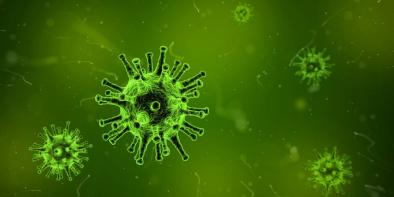Anthropogenic climate change is worsening North American pollen seasons
Study key findings & significance
- Pollen trends across North America from 1990 to 2018 reveal an increase in pollen concentrations and longer pollen seasons.
- Climate change is the dominant driver of changes in pollen season length and a significant contributor to increasing pollen concentrations.
- Human-caused climate change has already worsened North American pollen seasons, and climate-driven pollen trends are likely to further exacerbate respiratory health impacts in coming decades.
- While other studies have shown North America’s allergy season getting longer and worse, this is the most comprehensive data with 60 reporting stations and the first to make the required and detailed calculations that could attribute what’s happening to human-caused climate change
Author quotes
This is a crystal clear example that climate change is here and it’s in every breath we take.
Bill Anderegg, lead author, biologist and climate scientist at the University of Utah
Our findings are consistent with a broad body of research on pollen seasons, respiratory health and climate change. Other studies have also found increasing pollen loads in many regions and, in controlled greenhouse settings, that warmer temperatures and higher carbon-dioxide concentrations increase plant pollen production.
Bill Anderegg, lead author, biologist and climate scientist at the University of Utah
Abstract
Airborne pollen has major respiratory health impacts and anthropogenic climate change may increase pollen concentrations and extend pollen seasons. While greenhouse and field studies indicate that pollen concentrations are correlated with temperature, a formal detection and attribution of the role of anthropogenic climate change in continental pollen seasons is urgently needed. Here, we use long-term pollen data from 60 North American stations from 1990 to 2018, spanning 821 site-years of data, and Earth system model simulations to quantify the role of human-caused climate change in continental patterns in pollen concentrations. We find widespread advances and lengthening of pollen seasons (+20 d) and increases in pollen concentrations (+21%) across North America, which are strongly coupled to observed warming. Human forcing of the climate system contributed ∼50% (interquartile range: 19–84%) of the trend in pollen seasons and ∼8% (4–14%) of the trend in pollen concentrations. Our results reveal that anthropogenic climate change has already exacerbated pollen seasons in the past three decades with attendant deleterious effects on respiratory health.
Related Content



